Thank you to Epic Fitness Center and Clearwater Physical Therapy for sponsoring Crosscut’s new competition bibs! Whether you’re new to skate skiing, tuning up for this season, or training for the Bangtail Biathlon, read on for some great exercises to support skate skiers. Thank you to Dr. Milica McDowell, founder of Clearwater PT, for providing this guide!
Training Tips for Skate Skiers
By Dr. Milica McDowell
Pre-, early-, and during-season training is crucial for skate skiing athletes to build strength, endurance, and agility for the upcoming season. Here are four of the best exercises.
#1: Aerobic Conditioning: Ski Erg or Long Duration Pull Downs
Ski Erg
Cable Cross
Banded Pull Down
Sport-specific cardio conditioning can help you enjoy the beginning of the season ramp-up. Ski Erg, cable cross, and banded pull-downs will get you in the skiing motion.
5 minutes of work; 2 minutes of rest
Ski Erg, cable cross, or banded pull-downs, depending on what you have access to
Work up to 4-5 blocks of work, and as this gets easier, reduce your rest period to 1 minute, then 30 seconds.
Pro tip: Work in your moderate aerobic target heart rate zone based on your age. Use this link from the CDC to calculate your target HR accurately. If you are coming into the season a little deconditioned cardio-wise, work at a target HR under 60% of your projected max, reduce the work block to 4 minutes, and increase the rest block to 3 minutes as your starting point.
#2. Strength Training: Leg Blaster Series
Squat
Lunge
Side Lunge
Leg blasters are a challenging exercise that targets the leg muscles and mimics the moderate hip hinge and knee bend required in skate skiing.
AMRAP (as many reps as possible) for 30-45 seconds; 15-30 seconds of rest
Squats
Alternating lunges
Lateral lunges
Jumping squats
Repeat the circuit 3-5 times
#3. Core Stability: Planks and Side Planks
Belly Down Plank
Side Plank
Side Plank (knee down)
A strong and stable core is essential for maintaining balance and transferring power efficiently in skate skiing.
30 seconds per plank
Belly down plank
Right side plank (option: knee down, elbow down)
Left side plank (option: knee down, elbow down)
Belly down plank
Challenge yourself by bumping your times up by 15 seconds each week, and ultimately get to where you can do a 90-second to 2-minute hold in each position.
#4. Plyometric Drills: Box Jumps
Box Jump Take Off Position
Box Jump Landing Position (note full hip extension)
Plyometric exercises like box jumps can help skate-skiing athletes develop explosive power and quick transitions between strides. This is an advanced exercise, so if you have any joint or balance compromises, please skip this.
For the safest performance of these exercises, never jump down from the box, always step down — your Achilles tendons will thank you!
6-8 reps; 60-90 seconds of rest
Start with a low box
Land softly and with equal body weight on your right and left foot
Step down
If your form stays consistent through the movements, you can add additional sets. Once your form starts to fail in any way, move on to another exercise.
Pro-tip: You can substitute a box jump with a step-up exercise (see below for photos) and still get the benefits!
Box Step Up Variation
Box Step Up Variation at the Top
Remember you can tailor your pre-season, early-season, and during-season training program to your individual needs and consult with a coach, trainer, or PT for guidance (we’re here to help at @epicbzn and @clearwater_PT!). Gradually increase the intensity and volume of your exercises as you progress to help improve your experience on the trails.
Disclaimer: The information provided in this content is intended for informational and educational purposes only. It is not a substitute for professional medical advice, diagnosis, or treatment. Always seek the advice of your physician or another qualified health provider with any questions you may have regarding a medical condition. Never disregard professional medical advice or delay in seeking it because of something you have read or seen in this content. Reliance on any information provided in this content is used solely at your own risk.
Dr. Milica McDowell is the founder of Clearwater PT, launching the clinic in 2003 after she graduated from University of Colorado with her Master’s Degree. Milica received her Doctorate in PT from Idaho State University after creating an ACL injury prediction model for female athletes. Prior to her graduate training, she attended Montana State University, double majoring in Exercise Physiology and Health Promotion, she returned to MSU and served as a University faculty in Health and Human Performance from 2012-2019. Milica is a serial entrepreneur having started numerous healthcare and wellness businesses, she is currently taking a break from full time physical therapy treatment to focus on healthcare tech and product consulting for Meddkit, Physitrack, and several health-adjacent product companies. When she’s not behind a computer or podium, you can find her running with her dogs or skiing and surfing with her family.















